Oil on relined canvas measuring 81 cm by 68 cm.
Antique frame measuring 95 cm by 80 cm.
Our painting is a workshop version with many variations from the original painted in 1630 which is in the Munich Pinakothek. Our research leads us to one of the Master's very last students who also worked in the workshop just before the Master's death: Pieter I Thys (1624-1677). (Known works that may have been produced in these years 1640/1650: Noli tangere sold by Sotheby's on December 4, 2008; Saint Jerome, also at Sotheby's on July 3, 1991).
Antoon van Dyck (1599-1641).
Having been admitted as a master in 1618, he became Rubens's assistant, under whose influence he was strongly influenced. Living in Genoa from 1623 to 1627, he renewed the art of ceremonial portraiture and composed elegantly baroque works for churches. In Antwerp, he returned to the Flemish formula of the half-length portrait and produced new religious compositions. Called to England in 1632, as painter to the king, he was lavished with honors and executed nearly four hundred portraits, some of which were masterpieces of virtuosity and extreme distinction (Three Children of Charles I, 1635, Sabauda Gallery, Turin). His influence on the English school was immense. His great success led van Dyck to maintain a large studio in London. According to some visitors, he usually made a drawing on paper which was then enlarged onto canvas by an assistant, then he painted the head himself, the clothes being made by painters in the studio and often sent to specialists. In addition, many copies were produced, with little or no intervention from him, by his studio as well as by professional copyists and later painters, which explains why by the end of the 19th century the number of paintings attributed to him had become enormous, as was the case for other artists such as Rembrandt, Titian, and others. The names of the few known assistants in van Dyck's London studio are Dutch or Flemish. He seems to have preferred to train Flemish artists. Among his pupils was the Dutch painter Adriaen Hanneman, who returned to his native The Hague in 1638 to become an influential portrait painter. The Flemish painter Pieter Thijs learned portraiture and history painting in van Dyck's studio and is considered one of van Dyck's last students.


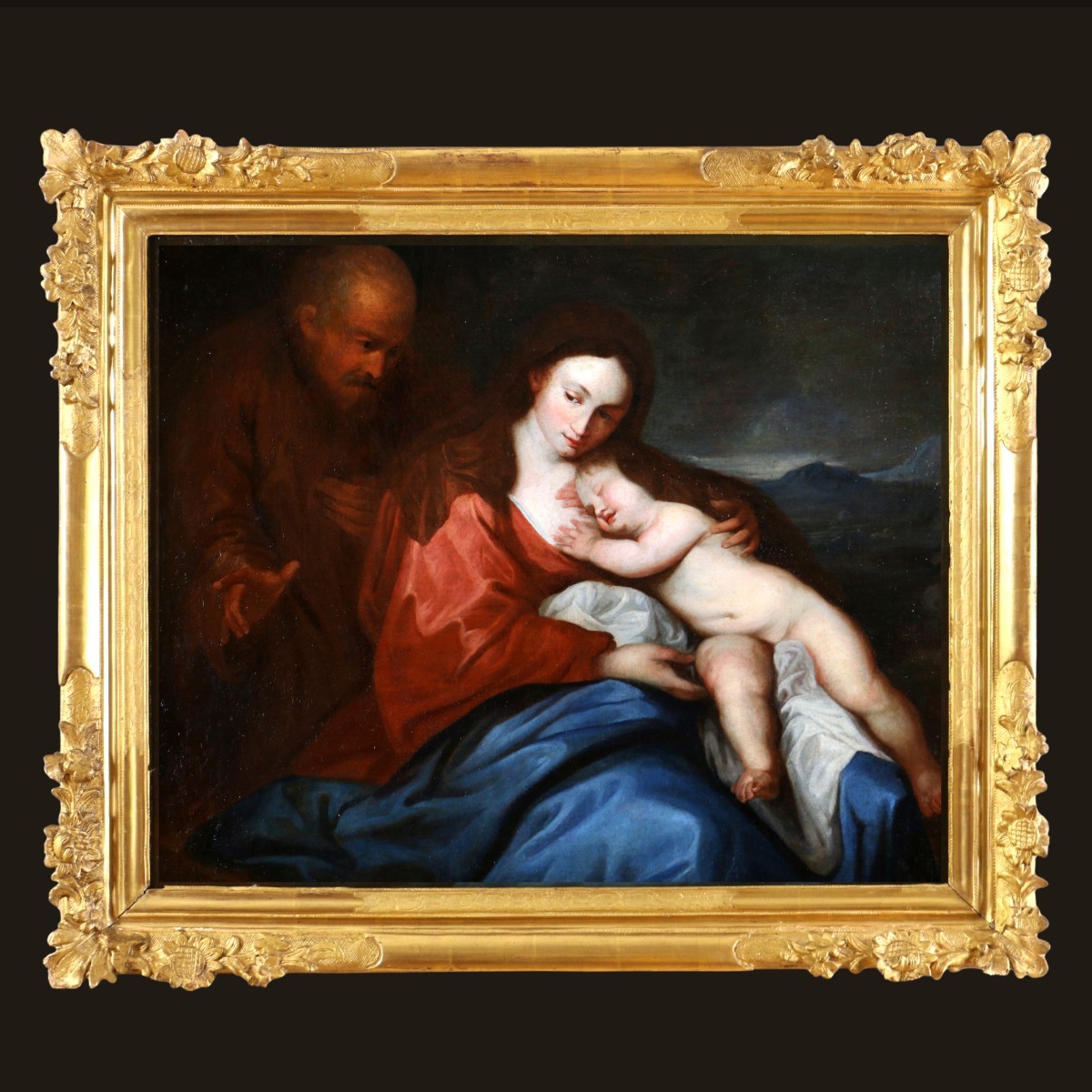


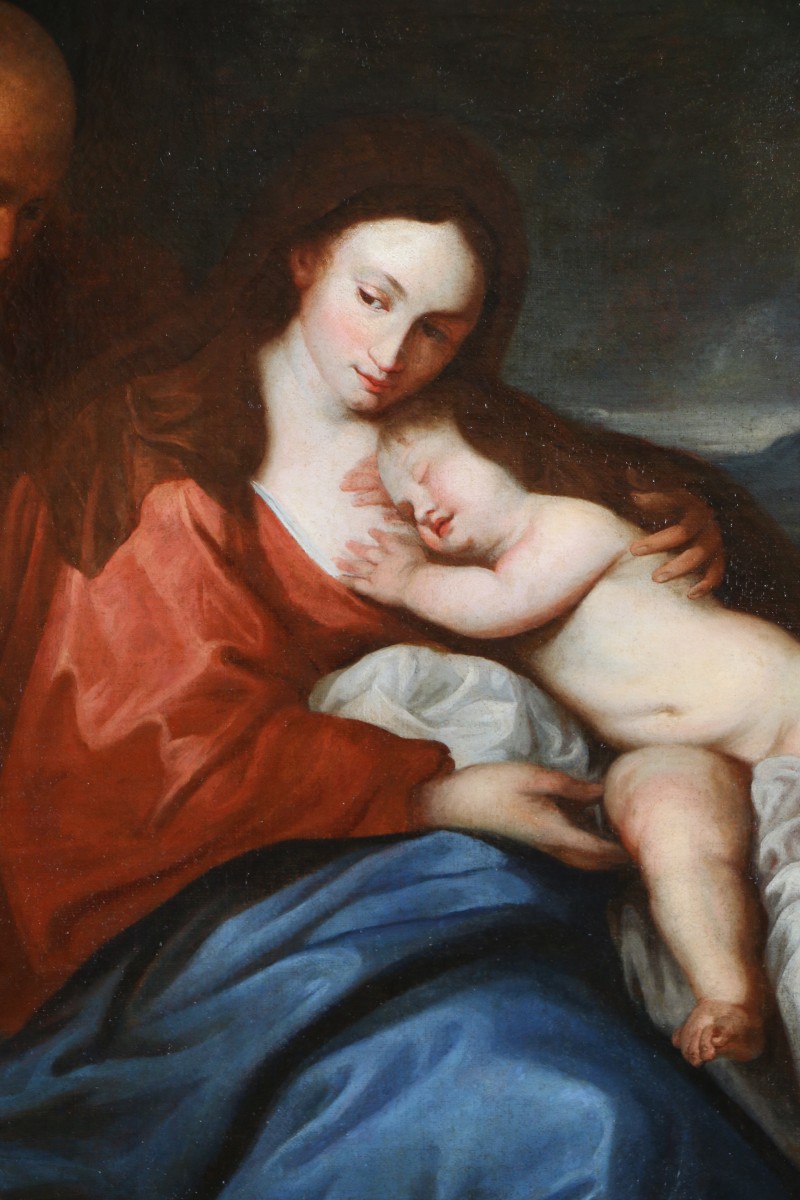

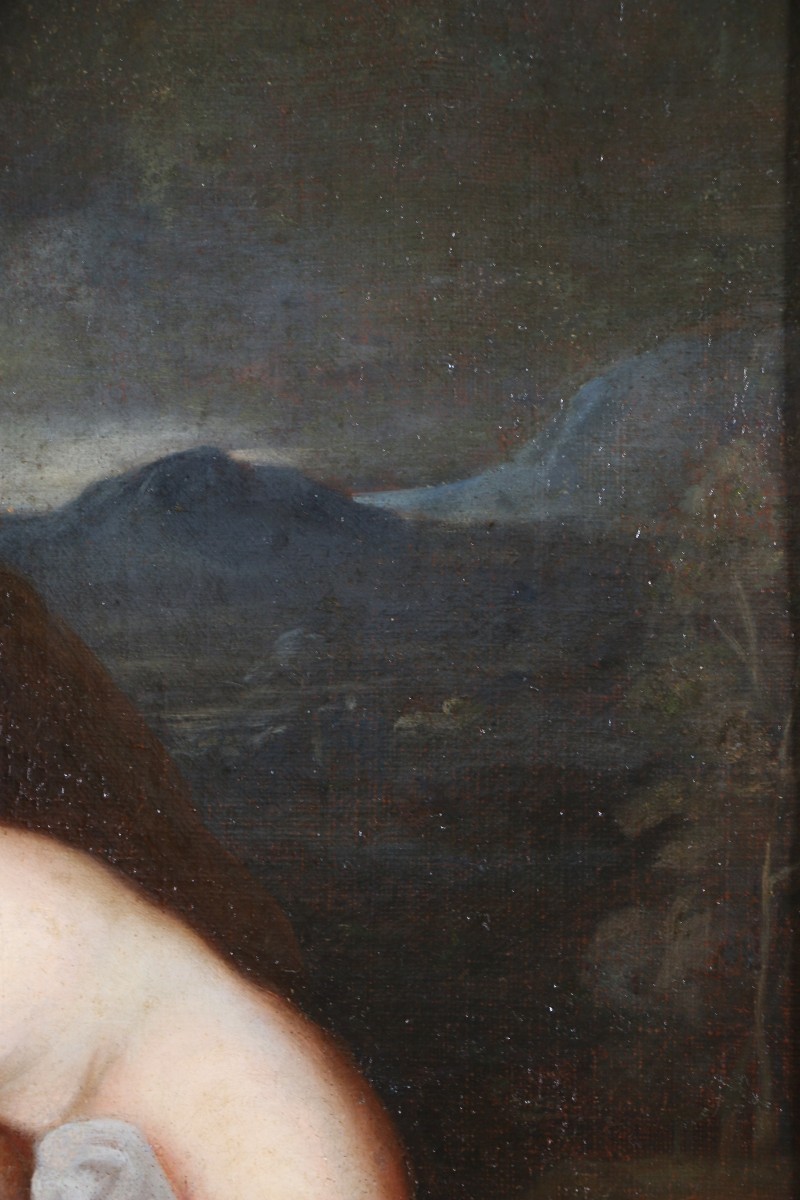









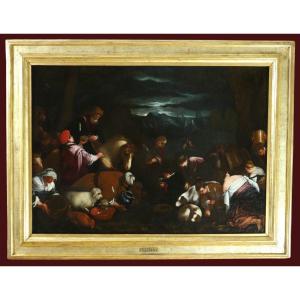
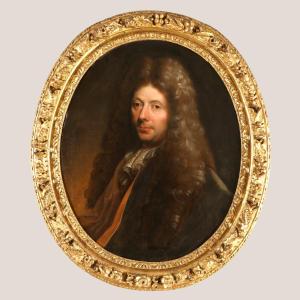


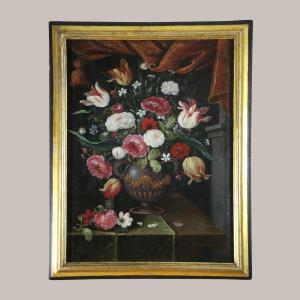



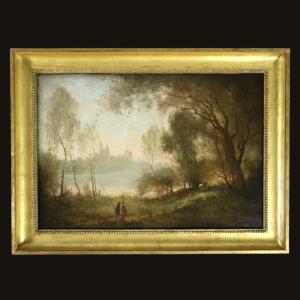

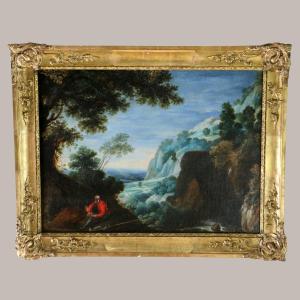


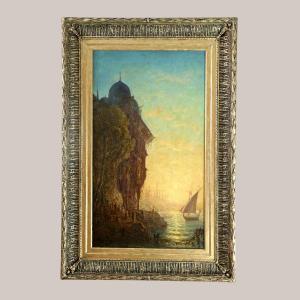
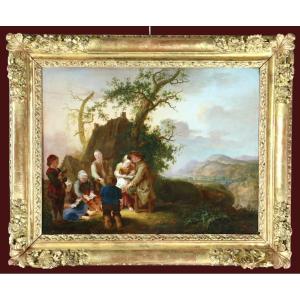

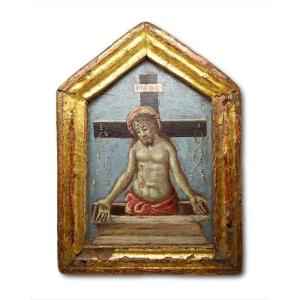

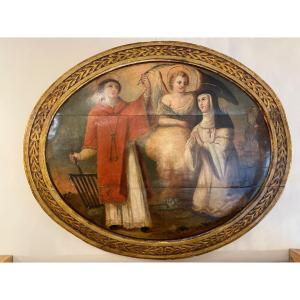




 Le Magazine de PROANTIC
Le Magazine de PROANTIC TRÉSORS Magazine
TRÉSORS Magazine Rivista Artiquariato
Rivista Artiquariato